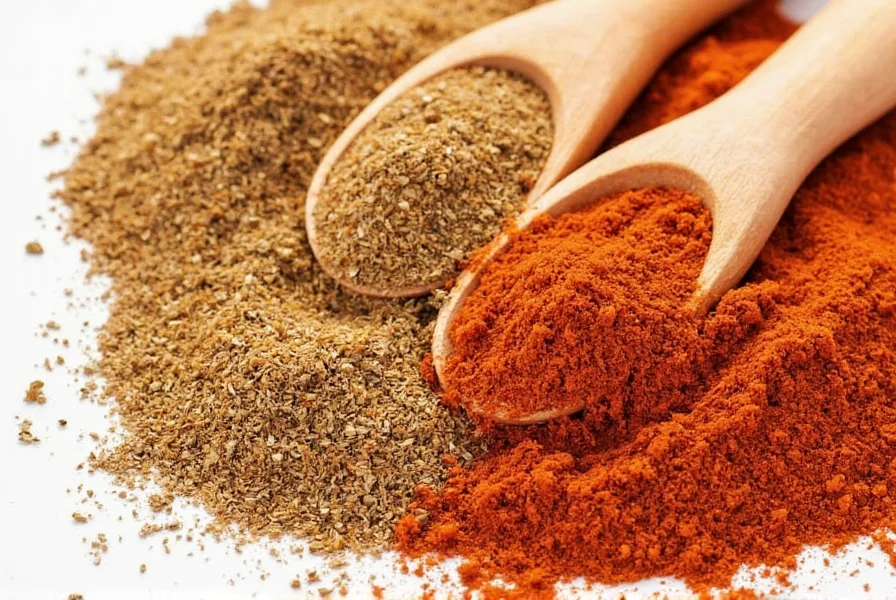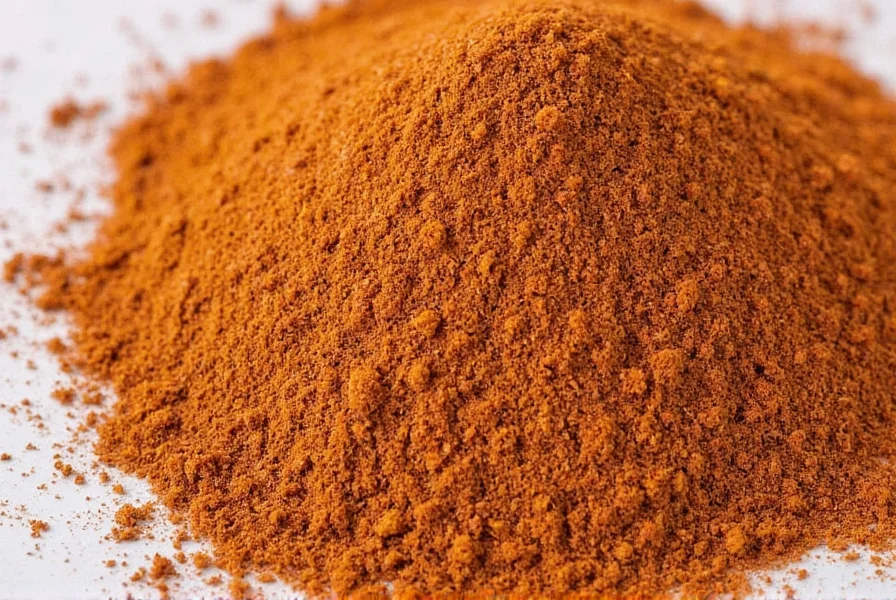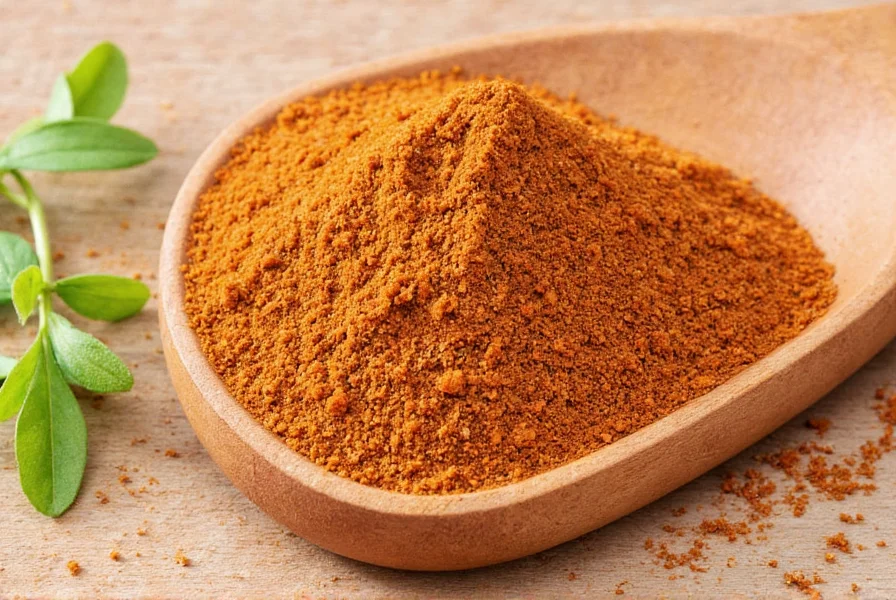As one of the world's most widely traded spices, cumin brings both distinctive flavor and potential health benefits to countless recipes. Understanding this ancient spice helps home cooks and professional chefs alike harness its full potential in the kitchen.
Origins and Historical Significance of Cumin
Cumin's journey began in the eastern Mediterranean region, with archaeological evidence showing its use in ancient Egyptian, Greek, and Roman civilizations. Historical records indicate cumin was so valued in ancient Rome that it sometimes served as currency. The spice traveled along trade routes to India, where it became deeply integrated into Ayurvedic medicine and regional cuisines.
During the Middle Ages, cumin maintained its status as both a culinary staple and supposed luck charm—soldiers carried cumin bread for protection in battle. This historical context explains why cumin spice in traditional Indian cooking remains so prevalent today, with regional variations reflecting centuries of culinary evolution.

Flavor Profile and Sensory Characteristics
Cumin delivers a complex flavor profile that's simultaneously earthy, warm, slightly bitter, and nutty with subtle citrus undertones. When raw, cumin seeds have a more pronounced bitterness, but toasting them in a dry pan for 1-2 minutes transforms their flavor, releasing aromatic oils and creating a deeper, more complex taste.
The difference between whole cumin seeds versus ground cumin matters significantly in cooking. Whole seeds maintain their flavor longer and work best in dishes with extended cooking times, while ground cumin provides immediate flavor distribution but loses potency more quickly. This distinction proves crucial when following authentic recipes for dishes like Moroccan tagines or Indian curries.
Global Culinary Applications
Cumin serves as a foundational spice across numerous world cuisines, though its usage varies dramatically by region:
| Cuisine | Typical Usage | Signature Dishes |
|---|---|---|
| Indian | Dry roasted and ground into spice blends | Curries, biryanis, chutneys |
| Mexican | Ground in spice rubs and sauces | Tacos, chili, mole |
| Middle Eastern | Whole seeds in rice and stews | Hummus, falafel, shawarma |
| Mediterranean | Ground in breads and vegetable dishes | Harissa, bastilla, ratatouille |
Understanding these regional differences helps explain why cumin spice in Mexican cuisine typically appears ground while cumin in Middle Eastern cooking often features whole seeds. This knowledge prevents common mistakes when recreating authentic international dishes.
Nutritional Profile and Potential Health Benefits
Two tablespoons of ground cumin (about 12 grams) contain approximately:
- Calories: 84
- Protein: 4.3g
- Fiber: 4.4g
- Iron: 23% of daily value
- Magnesium: 14% of daily value
- Calcium: 7% of daily value
Research suggests cumin may offer several health benefits, including improved digestion, blood sugar regulation, and antioxidant properties. Studies published in Complementary Therapies in Medicine indicate cumin extract might help lower blood sugar levels in people with diabetes. However, these benefits typically require concentrated forms rather than culinary usage amounts.
When exploring cumin spice health benefits and uses, remember that moderate culinary use contributes flavor without significant medicinal effects. For therapeutic applications, consult healthcare professionals rather than relying solely on dietary intake.
Types of Cumin and Quality Indicators
Not all cumin is created equal. The market offers several varieties with distinct characteristics:
- Iranian cumin - Considered the highest quality with a warm, earthy flavor and minimal bitterness
- Indian cumin (Jeera) - Smaller seeds with a more intense, slightly sweeter profile
- Middle Eastern cumin - Often has a more pronounced citrus note
- White cumin - Milder flavor, common in Mediterranean cooking
When selecting cumin, look for seeds that are uniform in color (medium to dark brown), fragrant when crushed, and free from dust or debris. High-quality ground cumin should have a rich brown color and strong aroma. Avoid products that appear faded or have little scent, as these indicate age and diminished flavor.
Proper Storage Techniques for Maximum Freshness
Cumin's essential oils begin degrading immediately after grinding, making proper storage crucial. Follow these guidelines to preserve cumin's flavor:
- Store whole seeds in an airtight container away from light and heat
- Keep ground cumin in the refrigerator for extended shelf life
- Use within 3-4 months for ground cumin, 6-12 months for whole seeds
- Freeze whole seeds for up to two years without significant flavor loss
For best results when using how to store cumin spice properly, toast whole seeds just before grinding. This simple step dramatically enhances flavor compared to using pre-ground cumin, explaining why many professional chefs maintain a small collection of whole spices rather than relying solely on ground versions.

Effective Cumin Substitutes When You're Out
Running out of cumin doesn't have to ruin your recipe. Consider these alternatives based on your specific needs:
- Caraway seeds - Similar earthy flavor but more anise-like (use ¾ amount)
- Coriander - Citrusy notes with less earthiness (use 1:1 ratio)
- Fennel seeds - Sweeter profile, works in some applications (use ½ amount)
- Garam masala - Contains cumin plus other spices (use ½ amount)
- Chili powder - Contains cumin plus heat (use ½ amount)
Understanding best substitutes for cumin spice prevents recipe failures. For Mexican dishes, chili powder often works best, while Indian recipes might benefit more from garam masala. Remember that no substitute perfectly replicates cumin's unique flavor profile, so adjust other seasonings accordingly.
Expert Cooking Techniques with Cumin
Mastering cumin usage elevates dishes from ordinary to exceptional. Follow these professional techniques:
- Dry toast whole seeds in a skillet over medium heat for 1-2 minutes until fragrant before grinding
- Add ground cumin early in cooking for blended flavor, or later for more pronounced taste
- Bloom cumin in oil before adding liquids to maximize flavor extraction
- Combine with acidic ingredients like tomatoes or citrus to balance bitterness
- Pair with complementary spices like coriander, turmeric, and paprika
When exploring how to use cumin in cooking effectively, remember that cumin's bitterness can dominate if used excessively. Start with smaller amounts (¼ teaspoon per serving) and adjust to taste. For authentic results in dishes like Indian dal or Mexican mole, follow traditional preparation methods that have been refined over generations.
Frequently Asked Questions About Cumin Spice
What does cumin taste like compared to other spices?
Cumin has a distinctive earthy, warm, and slightly bitter flavor with citrus undertones. It's more intense than coriander but less sweet than caraway. Unlike paprika, it lacks sweetness, and compared to turmeric, it offers more earthiness with less floral notes. When properly toasted, cumin develops a nutty complexity that distinguishes it from similar spices.
Can cumin help with digestion and is there scientific evidence?
Traditional medicine systems have used cumin for digestive issues for centuries. Modern research shows cumin contains compounds that may stimulate digestive enzymes. A 2016 study in the Journal of Integrative Medicine found cumin extract improved symptoms of irritable bowel syndrome. However, culinary amounts likely provide minimal digestive benefits compared to concentrated extracts used in studies.
Why does my cumin taste bitter and how can I fix it?
Cumin naturally has bitter notes, especially when raw or overused. To reduce bitterness: 1) Always toast whole seeds before grinding, 2) Use the recommended amount (typically ¼-½ teaspoon per serving), 3) Balance with acidic ingredients like tomatoes or lemon juice, 4) Pair with sweet spices like cinnamon in appropriate dishes. Fresh, high-quality cumin should have more earthy warmth than harsh bitterness.
What's the difference between cumin and black cumin?
Despite similar names, cumin (Cuminum cyminum) and black cumin (Nigella sativa) are completely different spices. Regular cumin comes from the parsley family with brown seeds, while black cumin (also called kalonji) has black seeds and belongs to the buttercup family. Black cumin has a more pungent, oregano-like flavor and is commonly used in Indian and Middle Eastern breads, whereas regular cumin features in spice blends and main dishes.
How can I tell if my cumin has gone bad?
Expired cumin loses its characteristic aroma and flavor. To test freshness: 1) Crush a small amount between your fingers—if it has little scent, it's stale, 2) Check color—fresh cumin is medium to dark brown, not faded, 3) Taste a tiny amount—stale cumin tastes flat and one-dimensional rather than complex and warm. Whole seeds stay fresh longer than ground cumin, which typically loses potency within 3-4 months.











 浙公网安备
33010002000092号
浙公网安备
33010002000092号 浙B2-20120091-4
浙B2-20120091-4